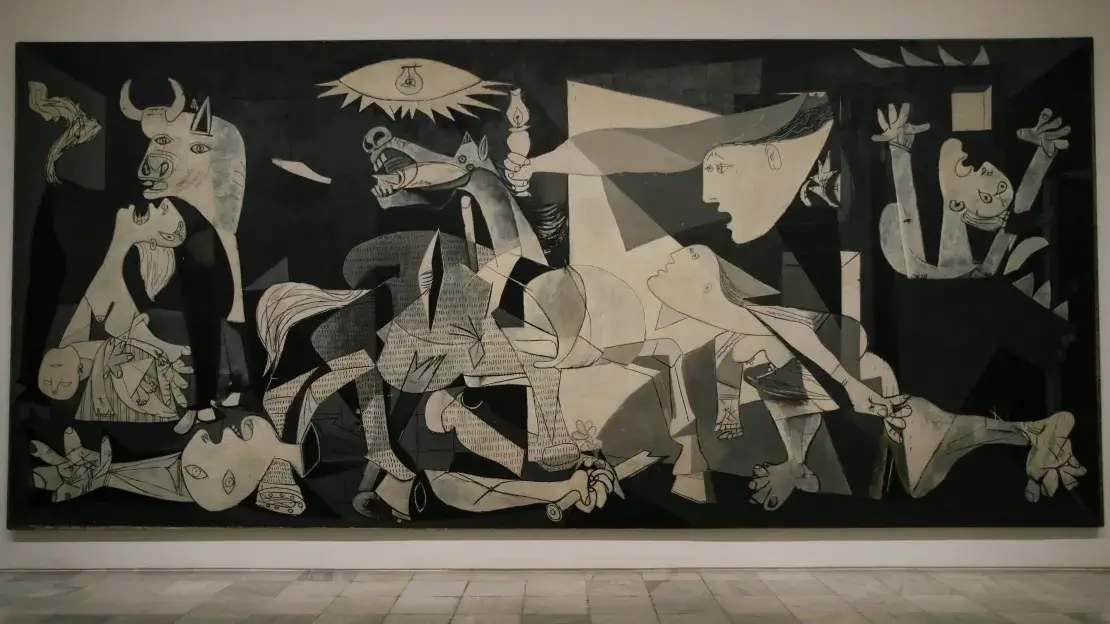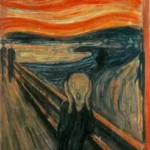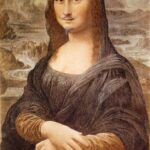Introduction to Cubism: A Revolutionary Art Movement
It was one the most uprising art movement of the early modern art. Cubism was formed In France between the timeline of 1907 and the middle of the 1920s. This art movement built a new perspective on art that was never seen before. From the time of the Renaissance, artists used to use linear and tonal perspective to show the distance of the object meanwhile the cubists showed the illusion of depth which was created by using the geometric dimensions of objects which caused objects to retreat into the distance for the viewers.
The Role of Cezanne: A Precursor to Cubism
Along with managing the depth, the cubists created a balance between the dimensional illusion and the real 2-dimensional surfaces. The experimentation began with artists like Courbet and Manet and this was continuously experimented by the impressionist and the post-impressionist with artists like Degas, Seurat, Gauguin, Van Gogh, and the most important artist Cezanne. In the history of the development cubism art movement, Cezanne played an important role. Because in his artwork the objects were distorted and had non-percentive forms. He was more focused on the quality of the forms rather than the colors and textures of the artwork. The cubism art movement was based on his artwork which became one of the independent art movements of France during that time.
The development phase of this art movement
This art movement reconstructed the compositional values in expressing colors and expressive lines. Paul Gauguin’s romanticism also had a great impact on them, the cubism development period is also known as the Cezanne’s phase. It was called that due to the artwork of artist Braque L’Estaque. In spite, it has Cezanne’s influence but in cubism, the shapes are bolder and more prominent than in Cezanne’s artwork. This art movement was begun by the artwork of Pablo Picasso and Braque who had transformed the normal shapes into abstract arrangements.
From Perspective to Geometric Depth: How Cubism Changed Art
The Cubist art style’s main focus of interest was the flat, two-dimensional surface of the picture plane, they rejected the traditional techniques which were the perspective, foreshortening, modeling, and chiaroscuro, and the time-honored theory of art as the imitation of nature. Breaking down the object and focusing on its flatness they painted the object in various angles. There are three parts of this art movement like analytical cubism (1907-1910) this movement focused on the lines and shapes. hermetic cubism (1910-1912) which focused on abstractions. And last, synthetic cubism (1912 – onward) in which the artist used non-‘art’ materials and the invention of collage.
Pioneers of Cubism: Pablo Picasso and Georges Braque
The Cubists focused on the reality of the conception rather than the visual satisfaction. They were seeking the truth. Some of the key artists of this art movement are Pablo Picasso and Georges Braque. Pablo Picasso a painter and sculptor is known as the father of cubism because of his innovative approach and some of the important contributions to this avant-garde art movement. His most famous artwork is Guernica. Gerges Braque a sculptor, draftsman, and printmaker played an important role in the development of the cubism art movement his most famous artwork is Houses at Estaque.
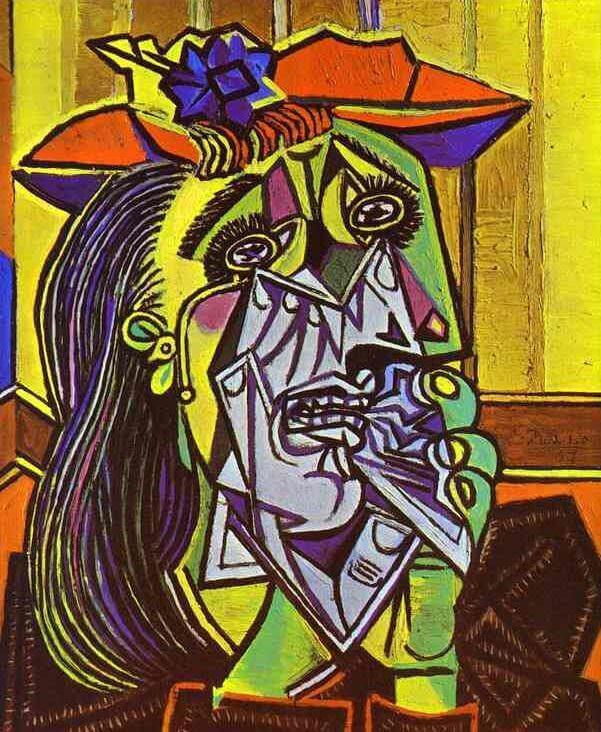
Conclusion
- The artist’s main focus interest was 2-dimensional surfaces.
- The artist rejected all the traditional techniques like perspective, foreshortening, modeling, and chiaroscuro.
- The artists wanted to show the reality of the conception rather than the visual experience.
- This movement was based on the great work of Cezanne.
